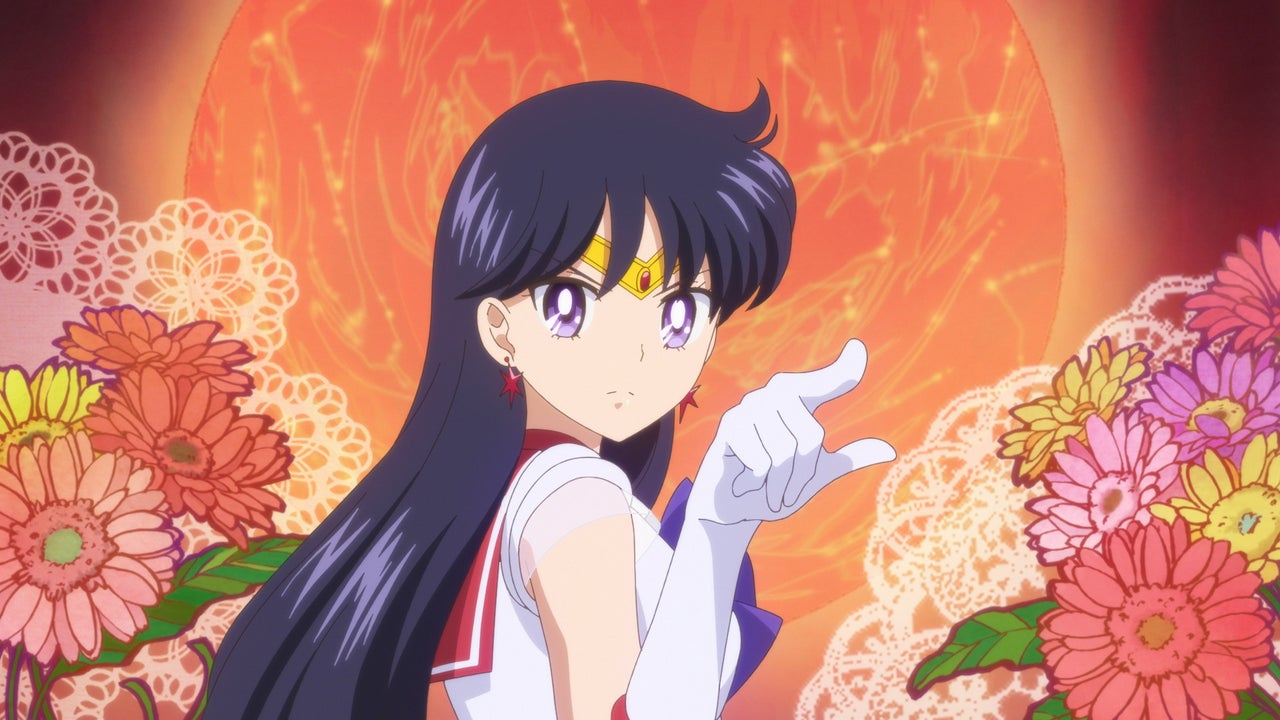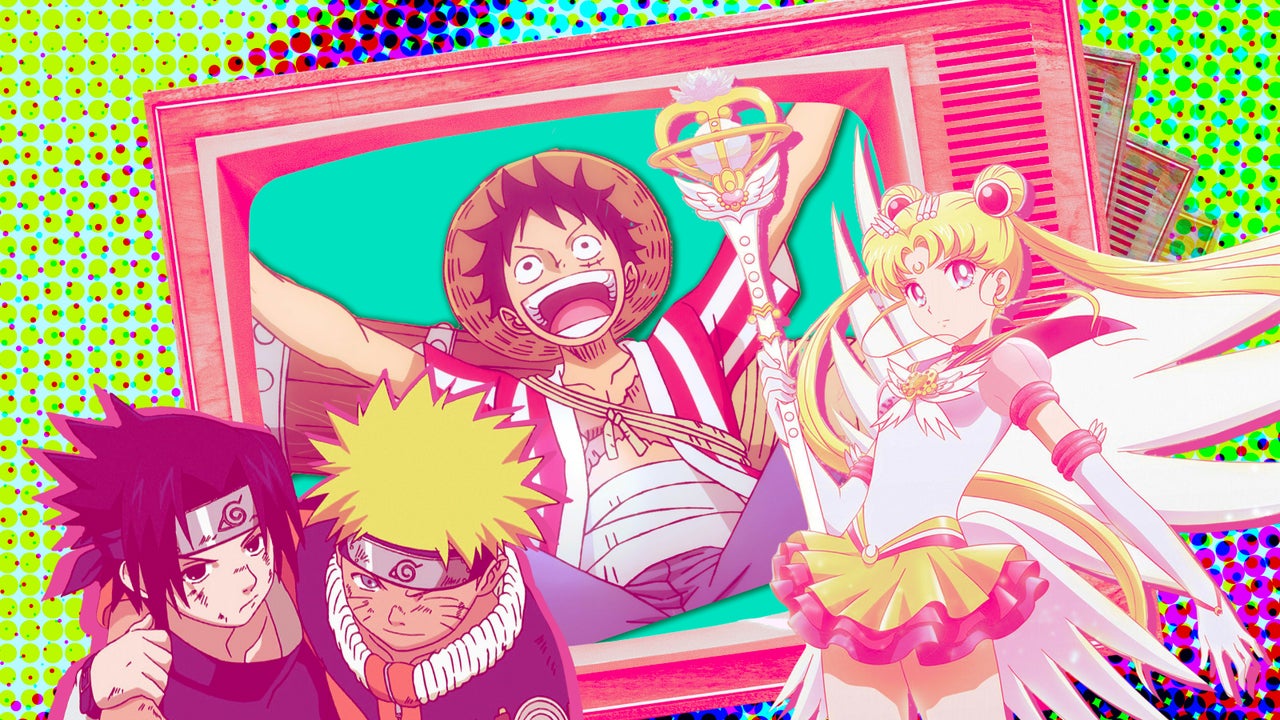“You should watch ‘Naruto,’” a friend said offhandedly last year. It was innocent enough, but when I was scrolling through Netflix in late 2021 and saw the yellow-haired kid with a flamboyant orange jacket, I decided to give it a shot. It was either this early aughts Japanese cartoon or a new season of some half-assed dating show. At least, that’s how I reasoned it at the time.
A year later, I’ve become deeply invested in anime, watching all of “Naruto” and “Naruto Shippuden” in about six months, binging my way through “Demon Slayer,” “Jujutsu Kaisen,” and about half of “Bleach” and “Boruto.” I’ve nearly finished “InuYasha” and seen parts of both “Hunter x Hunter” and “The Seven Deadly Sins.” I currently have about a dozen more recommendations from friends and family alike that will consume the next two to three years of my life.
It might seem a bit odd for a near-30-something Mexican American woman to become so fervent about something considered to be childish, but reintegrating into society post-pandemic has been incredibly difficult for me. People exhaust me more than ever before, and the thought of coming home after a long day of social interaction to watch a live-action television show full of scripted conversations is not my ideal way of relaxing anymore.

Instead, I prefer to disconnect from reality for a few hours a night by delving into the world of mythical demon dogs and chakra-loaded ninjas. It’s funny because when I started telling people what I was watching, I expected to be made fun of. But so far, it hasn’t happened. If anything, people have given me unwarranted suggestions on their favorite anime. Their faces usually brighten, and we run through the list of anime we’ve seen to find common ground.
It’s comforting to know I’m not alone in using anime as a de-stressor. AnimeTok star Tony Weaver Jr. started watching anime before he understood what it was he was actually watching. He’d find himself consumed as a child watching “Pokémon” and “Dragon Ball Z,” but it wasn’t until he watched the futuristic adventure series “Eureka Seven” that his passion for the genre truly ignited.
“Anime pulled me in because it gave me characters that I could lean on when I wasn’t strong enough to be myself yet,” Weaver told HuffPost. “When it was hard for me to make friends, I could imagine myself as a member of The Strawhat Pirates from ‘One Piece.’ If I needed strength, I could lean into characters like Goku. The long-form story-driven nature of anime really gives time for characters to grow, and I firmly believe that watching them grow during their journeys helped me grow as a person.”
“What makes me hopeful is that the newer generation of anime fans is more kind and diverse than ever. They’re creating new norms for what an anime fan looks like.”
- Tony Weaver Jr., a TikTok star who covers anime
Weaver, who is also the award-winning author of the manga series “The UnCommons” and the first comic writer selected for Forbes 30 Under 30, has since transformed his love of anime into a career with an entire TikTok dedicated to celebrating the genre and destigmatizing the stereotypes that surround anime fans.
“Things like misogyny, racism and poor body odor have plagued our fandom for years, and I have seen all of them firsthand,” Weaver said. “But what makes me hopeful is that the newer generation of anime fans is more kind and diverse than ever. They’re creating new norms for what an anime fan looks like and a lot of my content is focused on creating a safe space for them to do that.”
Much like me, Weaver uses anime to de-stress. He leans on comedic shows like “School Rumble” or “Hyakko” in moments where he feels overwhelmed, but also finds hope for the future in the powerful storylines. “Seeing the deep friendships has made me appreciate my friends a bit more, and seeing characters break their limits helps me break mine too,” he said.
For Linda Dianne, watching anime was a way to cope with the events of Sept. 11. Dianne watched anime like “Sailor Moon” religiously before, but found after the national tragedy that anime helped with processing the event.
“It was an escape and a safe haven, because if ‘Sailor Moon’ was on, everything was safe in the world,” they said. Though anime doesn’t necessarily help Dianne de-stress, they said it helps them cope with reality. “I feel like I’ve been able to use anime not only to explore world events but also very heavy emotions, like grief. I think of life like a coloring book, and anime just helps me access more nuanced colors that I may not have had access to before watching.”
Though Dianne and their partner are currently watching “Dragon Ball Z” together, this was the first anime that prompted Zach Humphrey to delve into the action-packed and passionate world of Japanese cartoons. It was the first show that helped Humphrey find common ground with their older brothers. They loved watching the show together so much that they’d all gel their hair and pretend they’d gone Super Saiyan while quoting the show.

Humphrey first started to watch anime as a way to bond with their family, but said it has since formed deep friendships and connections with roommates and even mentors. Beyond finding community among fellow weebs ― not to be confused with the problematic weeaboos, which denounce their own culture and stereotype Japanese culture ― Humphrey said they admire anime as an inspirational art.
“A lot of people dismiss anime as a childish and melodramatic art form, but I find that those people are just simply not engaging with a rich art form with a long history,” they said. While they mostly watch anime now for a dose of much-needed nostalgia, Humphrey also finds comfort in “idyllic” queer romance animes. “[They] show queer relationships in such a sweet and free way we don’t often see in real life.”
And it’s this escape and hopefulness for the real world that captures the hearts of so many anime fans. For others, watching anime wasn’t necessarily a conscious decision. Sara Delgado grew up watching anime unknowingly as a child. It was a standard morning cartoon ritual filled with “Dragon Ball Z,” “Dash Kappei,” “Captain Tsubasa,” and even “Shin-chan” and “Moomin.” As a ’90s kid, it wasn’t until “Pokémon” was released that she realized she’d been a fan of anime all along.
“It wasn’t really a conscious decision, I just grew up with it,” she said. “It was on TV. I think people didn’t care back in the day. It was only later on that the distinction between anime and cartoons became more prominent, as did the ‘otaku’ stigma.”
The idea that watching anime makes you some sort of social pariah took hold in the early aughts. Perhaps in part due to racism or a general dislike for things designated as nerdy, anime fans have had to navigate the delicate balance between their love of Japanese cartoons and societal expectations. In the early aughts especially, a love of anime could be misconstrued and transform your de-stressor into something shameful to others. Now, however, Delgado said watching anime has become almost trendy.
“I was at the airport not that long ago, and I remember overhearing a teenage girl fawning over a classmate, saying they were perfect because they watched anime. That’s not something I would have heard back in the day — not to sound like an old soul,” Delgado said. “On the other hand, I do think a lot of people still see anime as ‘lesser than.’ Some people can’t seem to fathom that a ‘cartoon series’ can have impressive storylines and be varied in design ― doesn’t matter if they are backed by colorful visuals or more grotesque imagery.”
The new generation of anime fans denounces the over-sexualization of female characters and the inappropriate conversations that have become an overused and undesired trope in anime. These fans have made efforts to separate themselves from extremists who use their love of Japanese cartoons as an excuse to fetishize Asian people. They are actively trying to make this community better and create a space that’s welcoming to all.
Still, as anime fans continue to navigate the treacherous waters of enjoying something deemed abnormal by the masses, they find comfort in their passion. Delgado and her partner watch anime together every Saturday morning with breakfast.
“They might not be as lighthearted as the ones we used to watch as children, but the nostalgic element feels comforting on its own. Whether it’s 20 minutes if we only have an episode to watch or a couple of hours if we need to catch up, for that amount of time, we do feel as carefree as we did when we were kids. That’s one part of why I enjoy it so much. I don’t think anime is therapy by any means, but just like any other type of entertainment, they can also be a form of escapism.”
Not only that, but the weeb community is so incredibly wholesome. Talking about your favorite characters together, diving into theories, or even bonding over your shared love of silver-haired side characters, there’s a sense of togetherness in knowing you both enjoy the vast world of Japanese animation.
And, for anyone reading this who wants to delve into this seemingly intimidating world, Weaver has just one thing to say: “Anime is for everybody. This community is full of kindness. So if you’re looking for a kind place, [we’ve] got you.”
